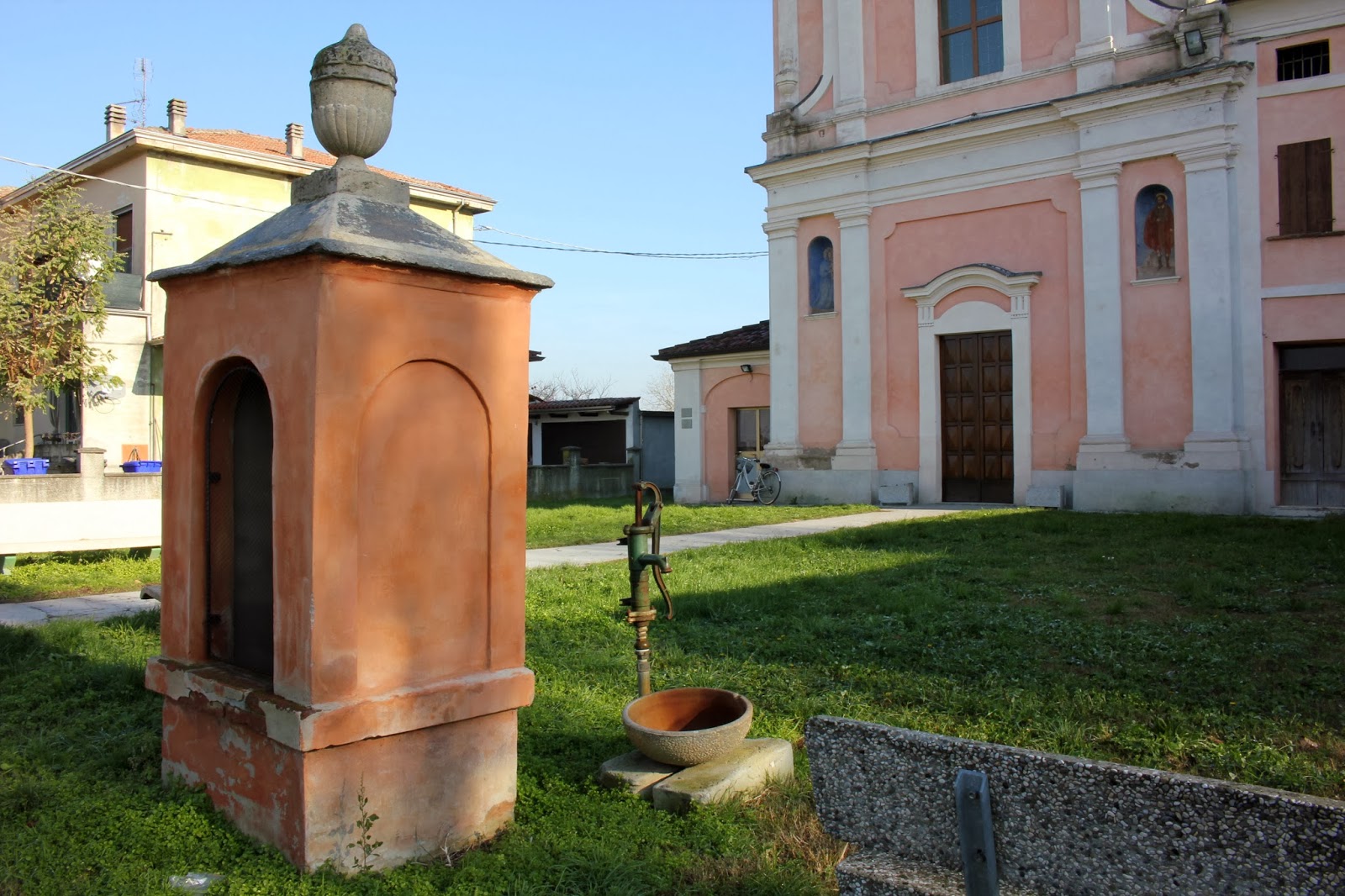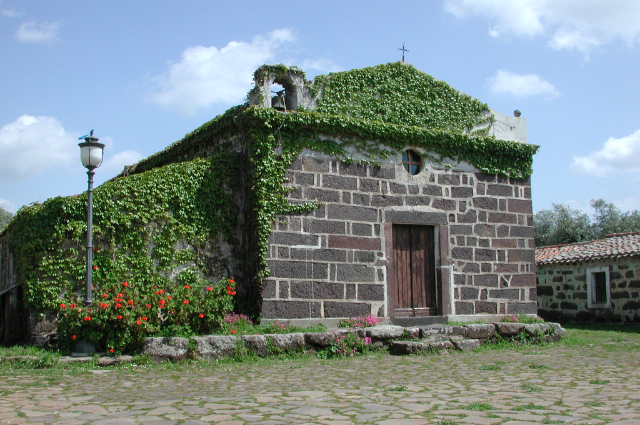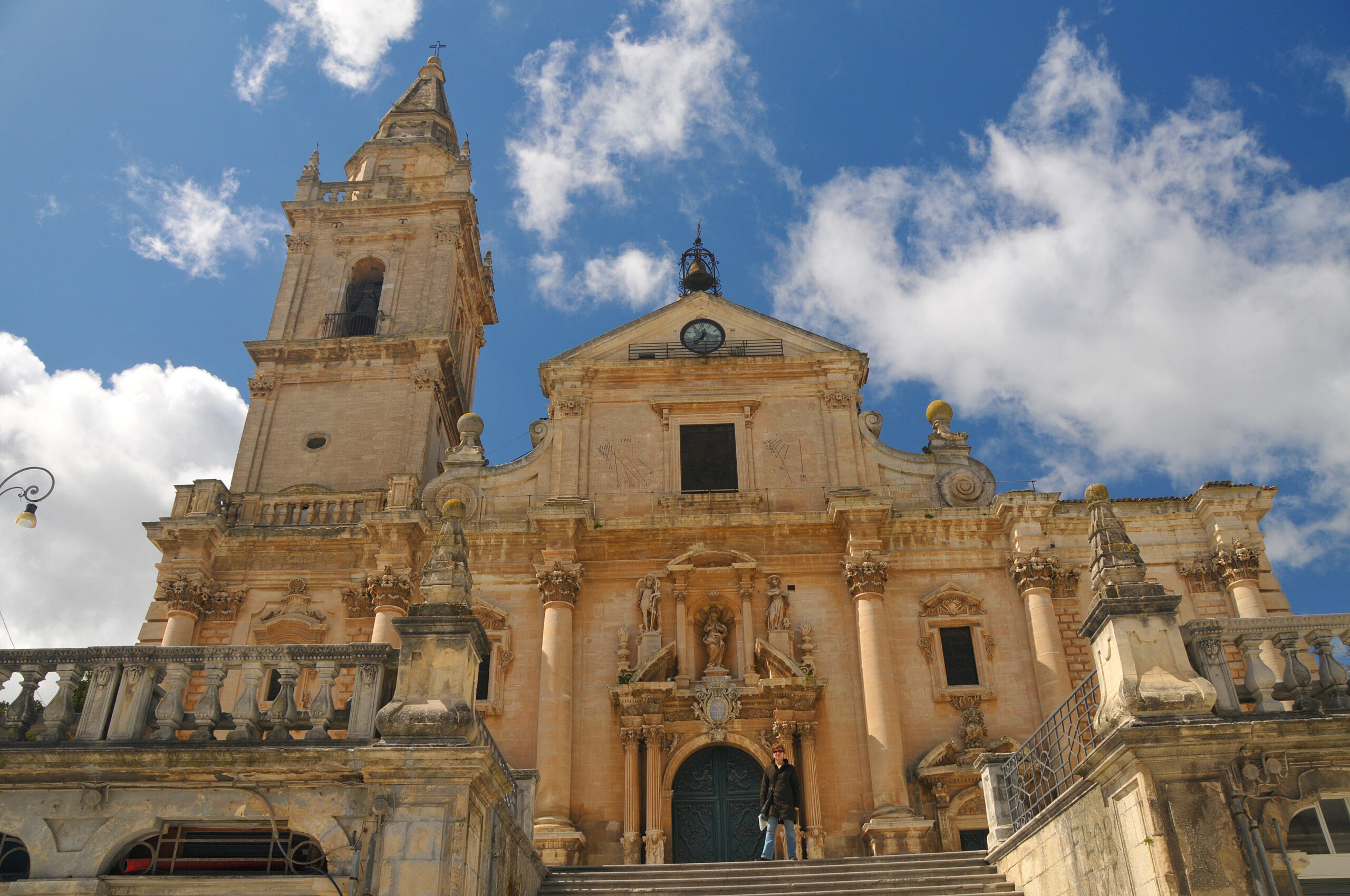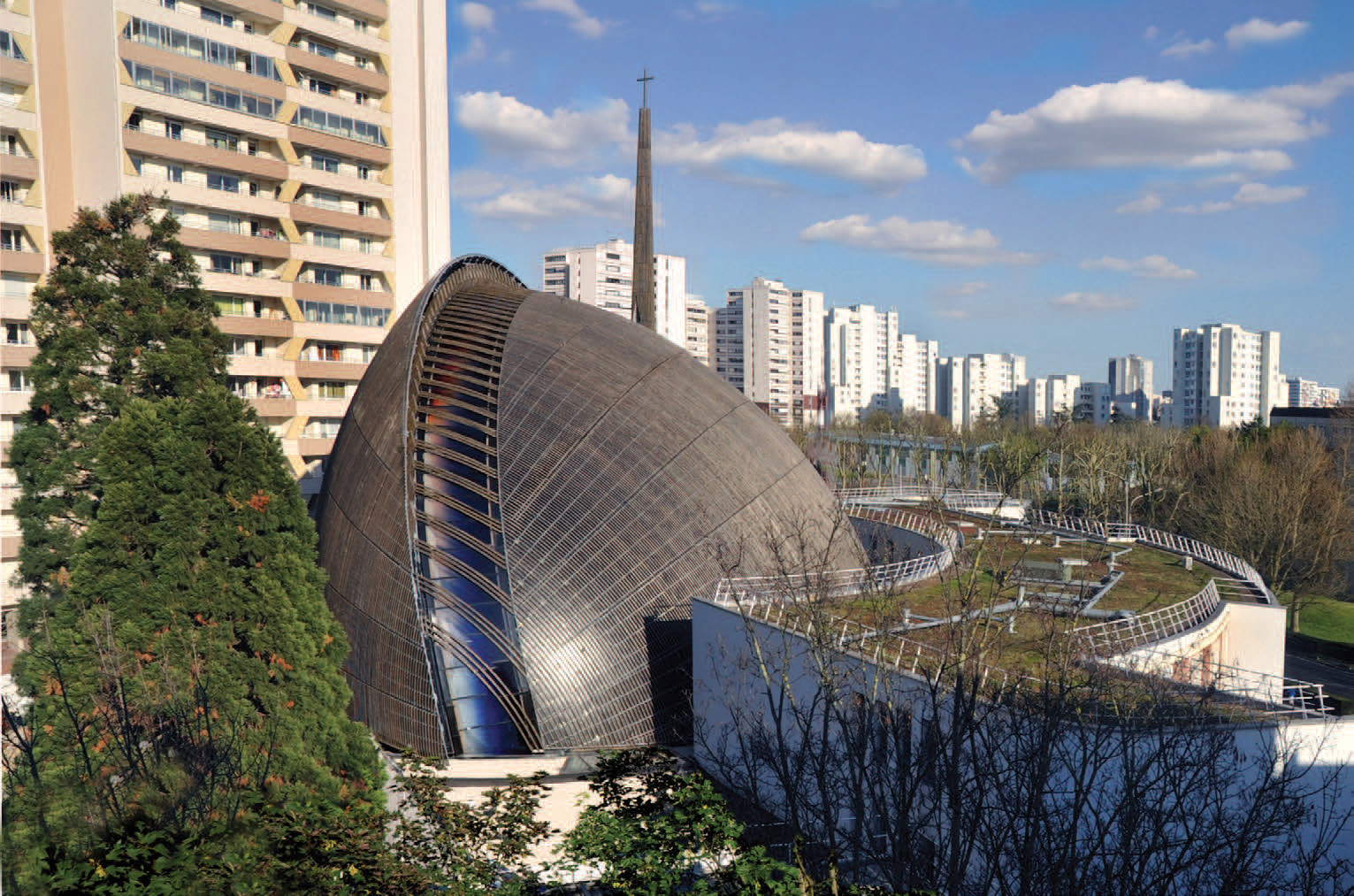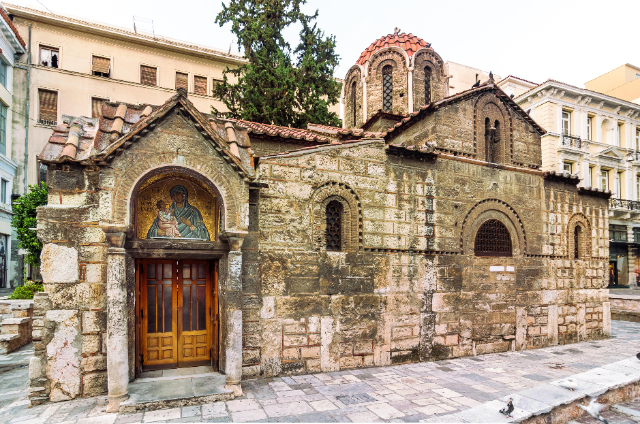The 18th-century Sanctuary of San Rocco in Ardola di Zibello stands out in the Parma countryside with its soaring façade and its decidedly fascinating history.
The sacred building, although with obvious structural problems, largely solved thanks to the initiative of the local Comitato San Rocco, remains a testament to the prodigious events that occurred in the year 1746 during a terrible plague epidemic.
The 18th-century Sanctuary of San Rocco in Ardola di Zibello stands out in the Parma countryside with its soaring façade and its decidedly fascinating history.
The sacred building, though with obvious structural problems, largely solved thanks to the initiative of the local San Rocco Committee, remains as a testament to the prodigious events that occurred in the year 1746 during a terrible plague epidemic.
In just a few days enough money was raised to enable the building of a new and larger oratory of which, on September 24 of that same year, the foundation stones were laid. In September three years later, the sacred building was already finished and on the eighth day of the following month of October it was solemnly blessed by Monsignor Missini, bishop of Borgo San Donnino (today’s Fidenza). Still in his memoirs Don Zerbini writes: The Oratory is what is now admired for its elegant construction of the Corinthian order, the work no doubt of a very skilful architect whose name is unknown.
Of the appearance of the springs of prodigious water and the miraculous effects for animals and humans, Monsignor Adeodato Volpi, Archpriest and Canon of the nearby parish of PieveOttoville, in his capacity as Vicar Foraneo, was commissioned by Bishop Monsignor Missini to prepare a report. In the same, drawn up in print and still preserved in the Parish Archives of Zibello, the priest not only confirms the events as they occurred, but also gives a precise account of the healings, reporting the name and surname, as well as the infirmity of which they were affected, of the people of whom he reports. Monsignor Volpi concludes his account by acknowledging the veracity of the miracles worked by God through the intercession of St. Roch. It should also be noted that following the prodigious events, the statue of St. Roch, which was already venerated in the old oratory, was made the object of new signs of gratitude. The great-grandchildren of that Matteo Boselli who donated it had it embellished with silver ornaments and placed on its base a plaque, also in silver, with an inscription summarizing its history and intentions. The statue, for security reasons, has been kept in the parish church of Zibello for a number of years.
The construction of the new church also did not prevent the preservation of the two prodigious fountains discovered there. Already in the aftermath of the appearance of the two springs, the water had been kept in two vats to prevent it from leaking into the surrounding land. Later the two masonry wells, which still exist today, were built. For a long time, at least until the mid-nineteenth century, people continued to draw water from them, especially during epidemics of livestock but also diseases on people. In 1858, Don Bartolomeo Zerbini had the wells checked, both in their inner and outer parts, and it aroused amazement that the inner walls turned out to be covered with a nerume, a kind of soot whose origin could not be explained. Don Zerbini also added that the water taken from the bottom had a smell "like fractious eggs, a smell similar to that of Tabiano." The priest then began to think that such water might contain some mineral or salubrious element from which to derive the healings that had occurred a century earlier. He also had a sample of the water analyzed by people skilled in chemistry, and in this regard he wrote "they assured me that it cannot be doubted that it contains sulfur. I have had the wells purged, and nevertheless the water retains the same odor. If such was this water when it gushed forth in 1746, the healings attributed to it, without ceasing to be true graces granted to devotees through the intercession of Saint Roch, would not, however, be miracles in the strict sense of this word." These are the conclusions, objective and serene, that Don Zerbini reached regarding the events of 1746. As if to say: if the water possessed curative principles capable of eradicating the disease, one can hardly cry miracle. However, many of the coincidences that occurred on that fateful July 15, 1746, still have the inexplicable to this day. The summer and dry season, the sudden appearance of water on the surface at the place and at the time when prayers to the patron saint were rising most fervently because of the continuation of an epidemic that was wiping out the livestock, the surfacing of water that would later turn out to be sulfurous in nature and therefore probably endowed with therapeutic properties, completely anomalous with respect to the area’s aquifers, are circumstances that it is difficult to attribute to chance alone. In January 2006, by the way, one of the two wells was again the subject of a further inspection and, again, those who carried out the work were surprised by the acrid, rotten-egg odor that suddenly emanated. And subsequent analyses of the water from the first aquifer, carried out by a chemical laboratory in Fidenza, did not reveal the presence of any particular chemical element, other than a certain ferruginousness: a characteristic that distinguishes somewhat all aquifers in the area.
